Pricing: From WTF to WTP (Willingness to Pay)
101 pricing guide: 3 lessons you should never ignore
Most GTM missions fail not because of poor products but due to business model, monetization, and pricing issues. Philip Kotler famously said: “All the other elements of Marketing Mix spend money - Pricing makes it.” This is how I fell in love with pricing.
Last week, I ran an AI Products Pricing workshop for one of my favorite partners, a VC. Here are 3 pricing lessons I would like to share with you so you can do better than those 72% of companies that face pricing, monetization and business model issues:
Pricing = value transfer.
Most new players end up pricing in a 20-30% wiggle room of competition.
If you make it slightly cheaper, people will not magically want it more.
The article is structured in a way that I first present a lesson, followed by a framework and a tool for how you can DIY this and apply it to your business.
Content-wise, we will dive into value metrics and how to use them in pricing: pricing competition moodboards, we will also mention experimentation, packaging and pricing psychology.
I can assure you that this one will be easy to grasp even if you are entirely new to pricing, but it still has some value gems “from the field” that will make it worth reading even if you are a pricing pro.
If you like making money, you will like pricing.
Let’s rock and roll!
This newsletter is sponsored by Attio.
Most CRMs were built for yesterday's businesses. Attio is built for what's next.
Attio is an AI-native CRM built specifically for the next era of companies. It’s flexible, easily configures to your unique data structures, and adapts to any business model - taking you scale from seed stage to category leader.
With Attio, your powerful CRM builds itself in minutes through automatic data sync and enrichment. Then unleash the full power of the platform - from AI-powered automations that handle even your most complex business processes, to our research agent that can help with prospecting and lead routing at scale.
Join industry leaders like Flatfile, Replicate, Modal and more.
Try the CRM that’s built for the future. Start a free Attio trial today.
#1 Pricing is all about the value transfer ✨
This is how I explain pricing to my teams:
“Your product delivers the value added to target customers; with pricing, we capture added value back to build a sustainable business.”
And that is great if you are a payment processor like Stripe, Gumroad, or Paypal. You can just take 3-5% of whatever money is being made and no one can argue 🤠.
But for the rest of us, how much value is being created?
Anecdotally, we could be capturing 10-30% of added value created by our product in SaaS, but let’s be slightly more specific.
Most of us use a Value Metric to measure the value exchange of our product.
In practice, we do not really have a perfect feedback loop to measure a value metric. We have to use proxies.
My mission with the GTM Strategist is to help you build and grow profitable businesses. Do I know for all 10,000 companies affected a year how much more money was there made?
I do for some, but not most, so I have to rely on value metric proxies to measure the value added. My proxies are number of customers, testimonials, growth rates, recommendations, and signals of referrals (mentions, shares, attribution analysis for WOM).
And I am not alone here. Many companies have to use proxies to translate the value being created to the product to their pricing pages.
What could your value metrics be?
#2 Most new players end up pricing in a 20-30% wiggle room of competition
There is some competition whenever there is an actual burning pain on the market. It can be a product, service, some sort of internal process, or “manual labor”. Your job is to figure out what customers compare you with - because they always do.
Imagine your competitor alternatives on a pricing spectrum. How much value can you really deliver with the product as it is, and how much are charging competitive alternatives relevant to your target customer.
As a new player in the market, you are likely to be anchored to the competition price points whether you want it or not. If an ICP is right now paying $399 for a mass solution to send out LinkedIn DMs and has 10,000 customers, a superior customer success team and strong reputation on the market, it will be extremely hard to expect the same ICP that they should switch to a $499-per-month product because you claim it is better. Not entirely impossible, but very hard.
To comprehend this reality, I love to make pricing moodboards. Here is an example of one:
But I get much more obsessed than that. I have pricing pages changes alerts, I go back and explore what previous pricing, I always check the pages of competitors in incognito and with VPNs so I see if they run some pricing experiments. I also like to keep historic screenshots of best-in-class companies when it comes to pricing to see how the industry is evolving. In simple words, whenever I see a cool pricing page, I’ll take a screenshot 📸.
#3 If you make it slightly cheaper, people will not magically want it more
I was studying economics. Now that I work in tech, I believe that the supply-and-demand curve is a scam 🤠.
In microeconomics, pricing equilibrium is established at a point where the motivation of customers to buy at cheaper prices and the motivation of suppliers to produce goods and make more money somehow balances. And that is cool if you mine coal or produce sugar beet, but we cannot copy-and-paste this mindset to tech products.
Resists the temptation to compete solely based on low price. In the end, there can utterly be only one cheapest player, and that is the race to the bottom, especially if you do not have massive capital reserves to optimize for adoption to create economies of scale and operational effectiveness due to the size of an organization to negotiate better terms than everything else or create a brutally effective Ikea-McDonalds standard operation procedures.
Most of us will have to compete on added value and HOW do you charge - Packaging can be a HUGE differentiator here. I will quickly grasp some AI examples here - if you offer a price per outcome/result and a service satisfaction guarantee, expected entry barriers are lower.
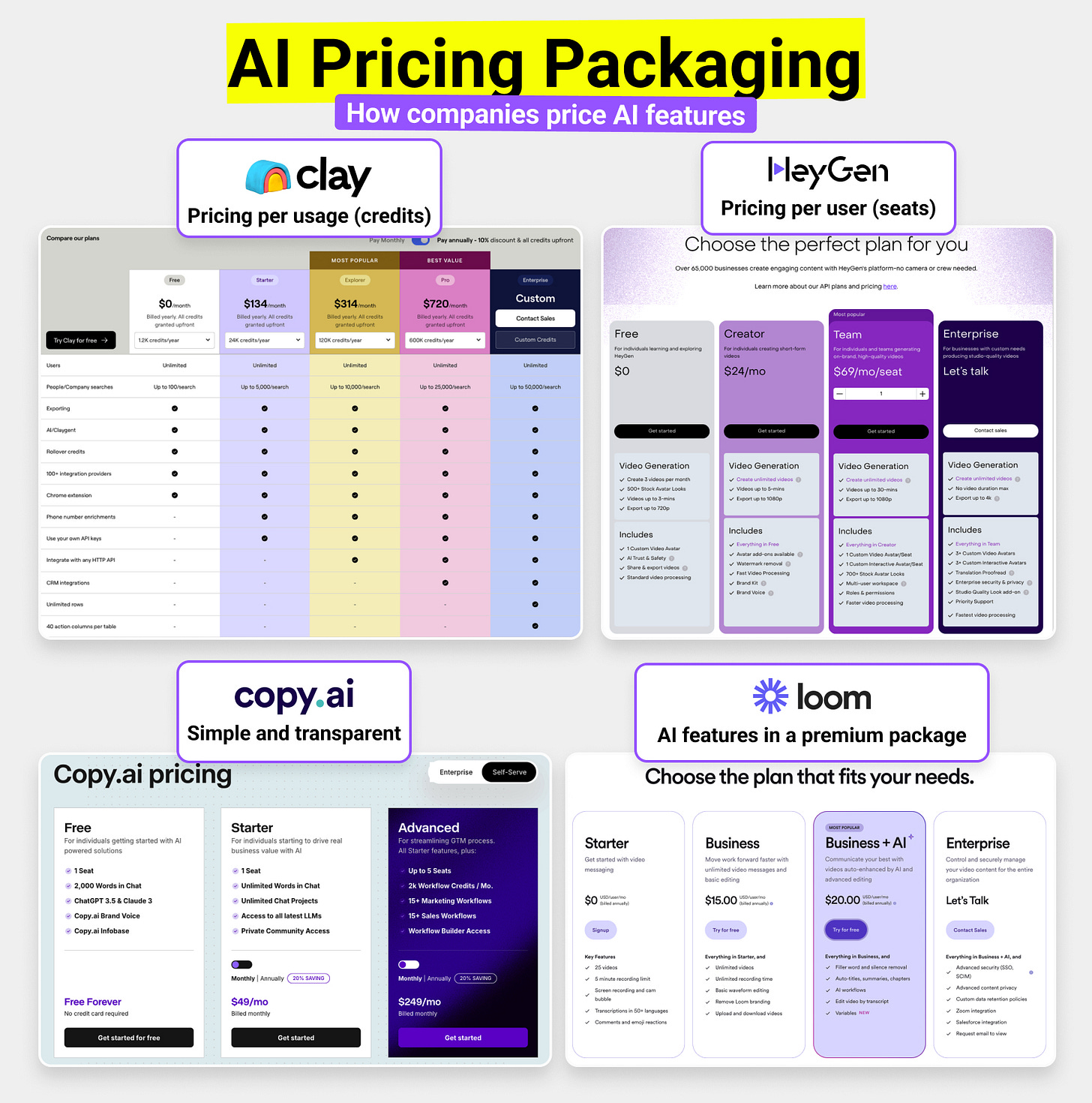
In reality, many ways of capturing value in a way that is perceived fair by a customer and builds sustainable business for a supplier coexist and they continue to evolve.
Pricing is 50% Excel and 50% psychology
I love science. It makes me feel calm and in control of what is going on.
But pricing is more than a rational process.
Our lizard brain co-pilots our buying decisions.
Quick demo:
Seller: “This is my AI SDR agent, we only charge you $300 when you get a quality lead - zero risk, what a no-braner offer!”
Buyer: “How do you know what is a qualified lead - how about if it does not convert?”
(thinking - can I really trust you that you will not bring me 100 shit leads and cost me money)
Seller: “No problem. You will mark what a qualified lead is.”
Buyer: “But will it convert?”
Really thinking 🤔 / I still have to trust you that you bring me high-quality leads, my reputation is at stake and I like predictability of my pipeline and cost structure, too. My gain must be sizable enough that I feel it is worth investing in my process changes and cognitive load of learning the new tool. Oh no, but the deal is running out so I might grab it now and if it really sucks do refund if I do not like it later - FOMO is real 🤯
That, my dears, is pricing IRL.
The Power of Experimentation
But once you embrace the irrationality of pricing, you can totally use it to your advantage.
The simplest pricing experiment I like to run is the price anchoring and decoy - aka popcorn pricing 🍿 on pricing pages. Let me give you two quick examples to bring this one home:
My media packages - In Q4 most customers wanted to start with the cheapest packages and I spent a lot of effort convincing them to opt for higher packages because they really bring so much more value. This is why in Q1 I marked the best-seller on my pages - the package for which I trust and recommend brings the most value. Guess what happened? No one buys the cheapest package anymore.
I find my best pricing examples in e-commerce where you literally have to fight for every cent to maintain healthy unit economics and LTVs - this is a brilliant example of a decoy - the third package being introduced only to make the original deal more effective. These are some supplements for joints that my mum takes, but I believe we can learn so much from this pricing page.
One other thing is true: as your products keep on getting better and better, you should be capturing more added value to the product - and you should be charging more. There will be new competitors, the technology will change and you might want to switch between “optimize for adoption” and “optimize for profit” modes.
Pricing it definitely not a set it and forget it exercise, it is an ongoing process while most companies should reconsider pricing at least once a quarter, best in class companies run pricing experiments all the time - you and I are probably not looking at the same version of Amazon if we open the page now.
For example, La Growth Machine runs two versions of the pricing page at the same time:
You know what else is true?
Inflation. That’s why you should review your pricing regularly, experiment, and adjust based on the learnings.
So I encourage you to fall in love with pricing. It will make a massive difference in your profitability.
Remember, the only element of marketing mix that makes money - others spend it.
There is so much more to unpack when it comes to pricing - I could easily write another 10 pages in the next hour, sharing many more examples, but you know what would be a 10X better option … I have a really cool pricing workshop that will help you build your pricing v01 by determining best practices in your arena, deciding on a value metric, testing willingness to pay on your target market and list your pricing experiments.
Until next week,
Maja
📘 New to GTM? Learn fundamentals. Get my best-selling GTM Strategist book that helped 9,500+ companies to go to market with confidence - frameworks and online course included.
✅ Need ready-to-use GTM assets and AI prompts? Get the 100-Step GTM Checklist with proven website templates, sales decks, landing pages, outbound sequences, LinkedIn post frameworks, email sequences, and 20+ workshops you can immediately run with your team.
🏅 Are you in charge of GTM and responsible for leading others? Grab the GTM Masterclass (6 hours of training, end-to-end GTM explained on examples, guided workshops) to get your team up and running in no time.
🤝 Want to work together? ⏩ Check out the options and let me know how we can join forces.




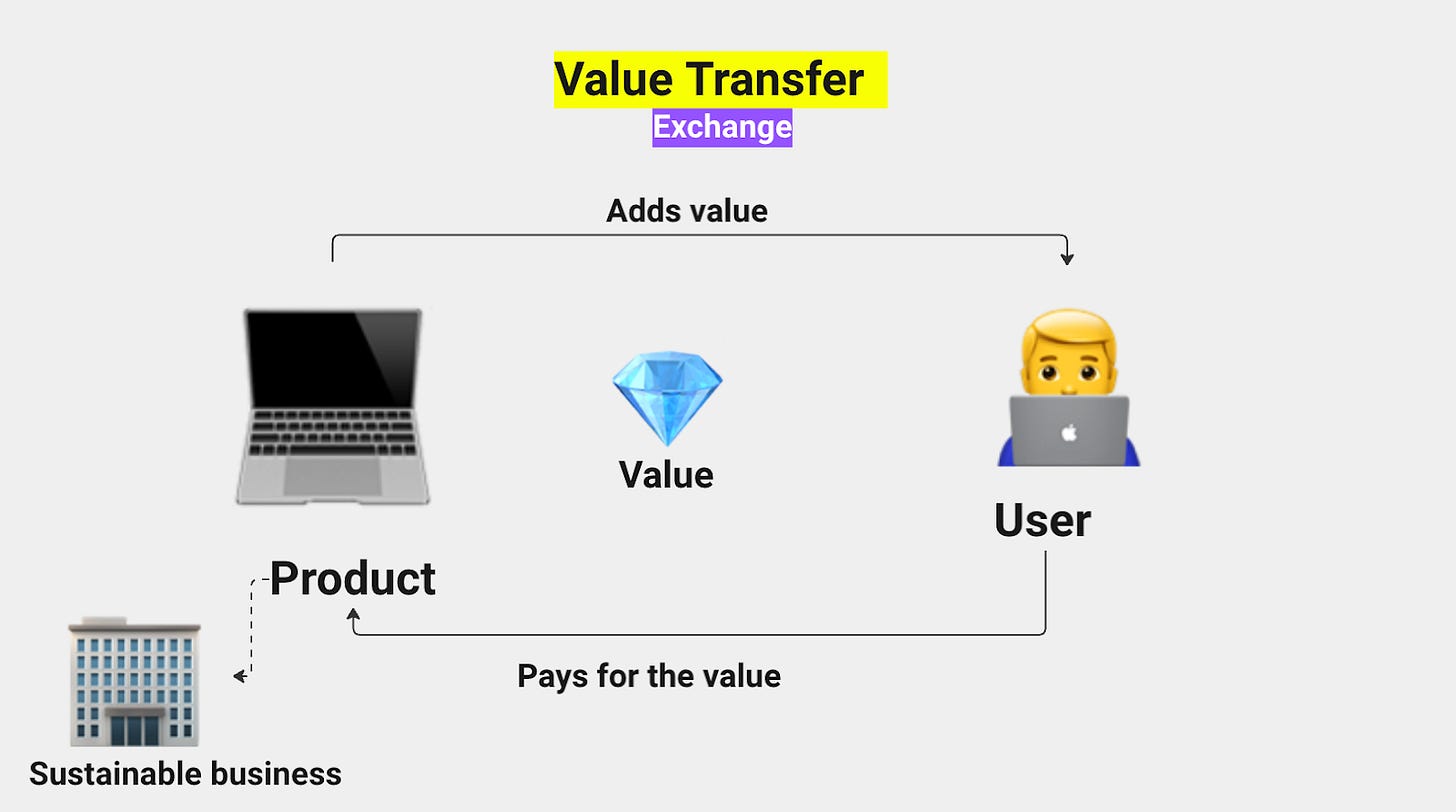
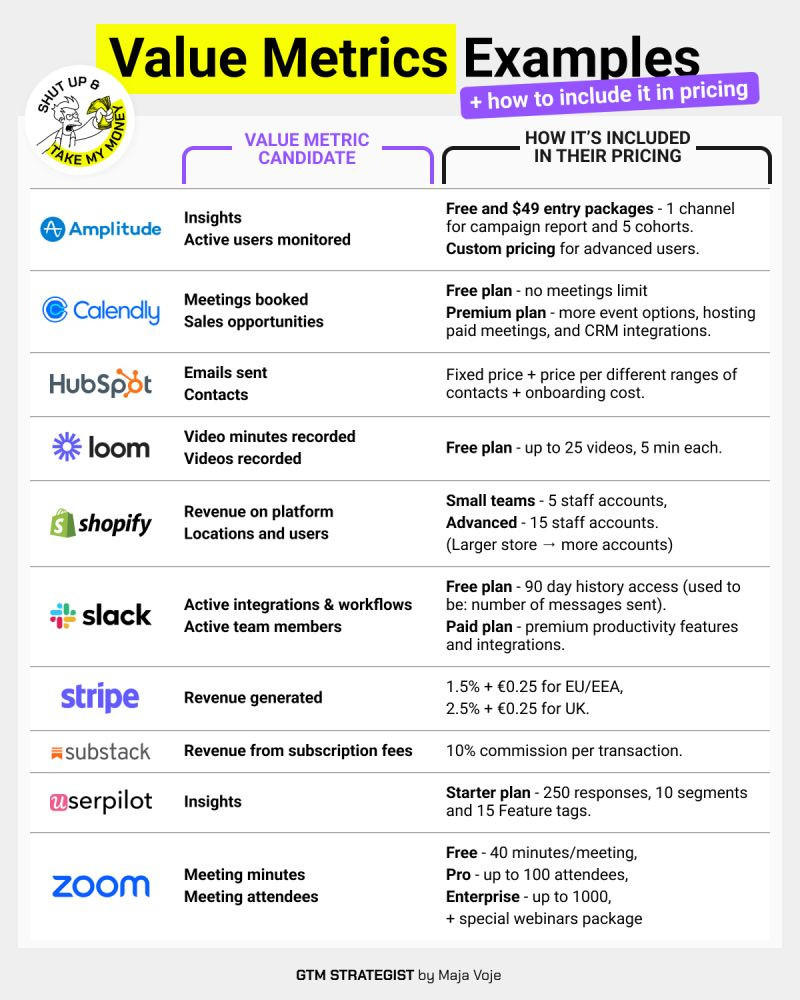


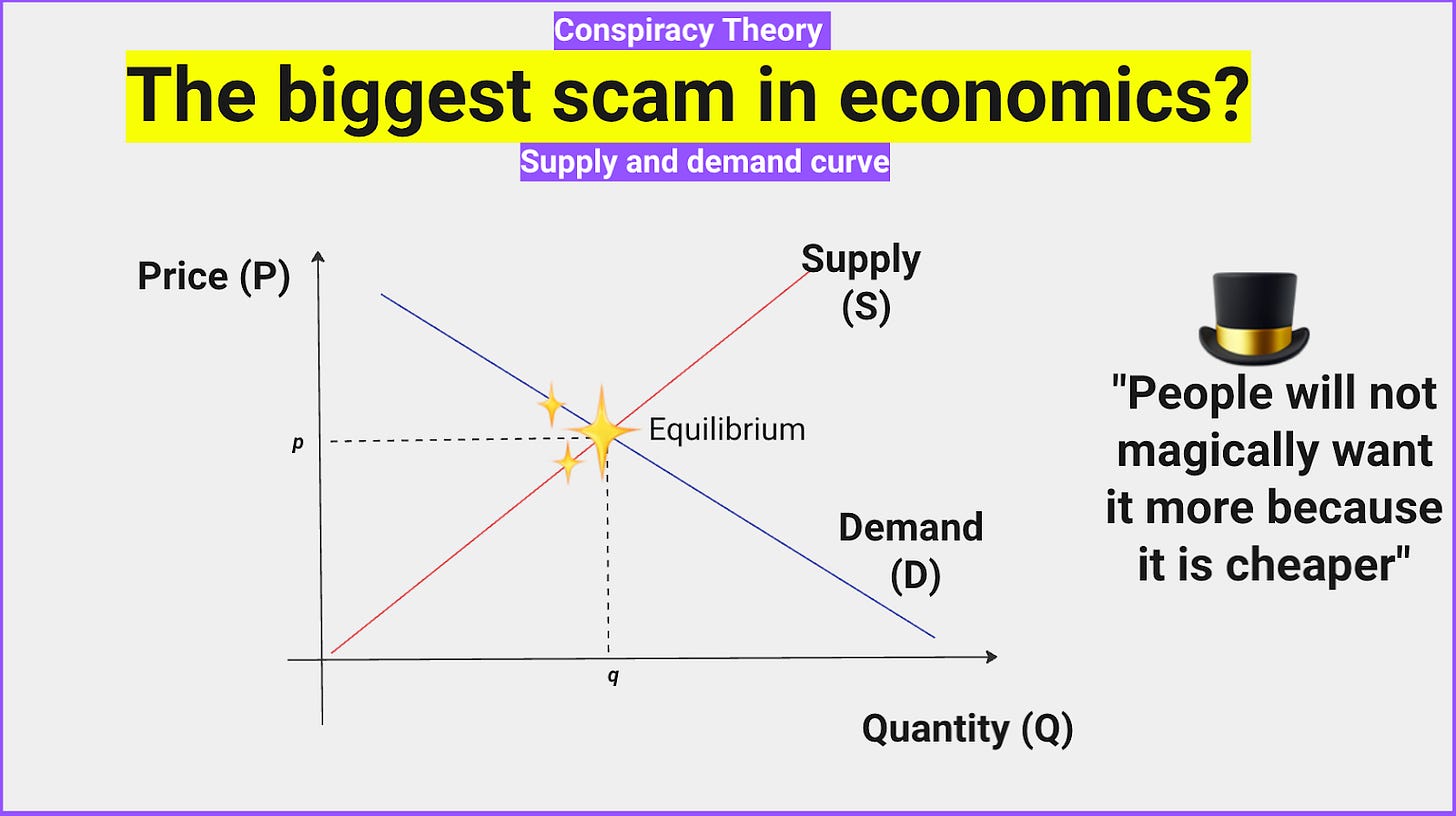
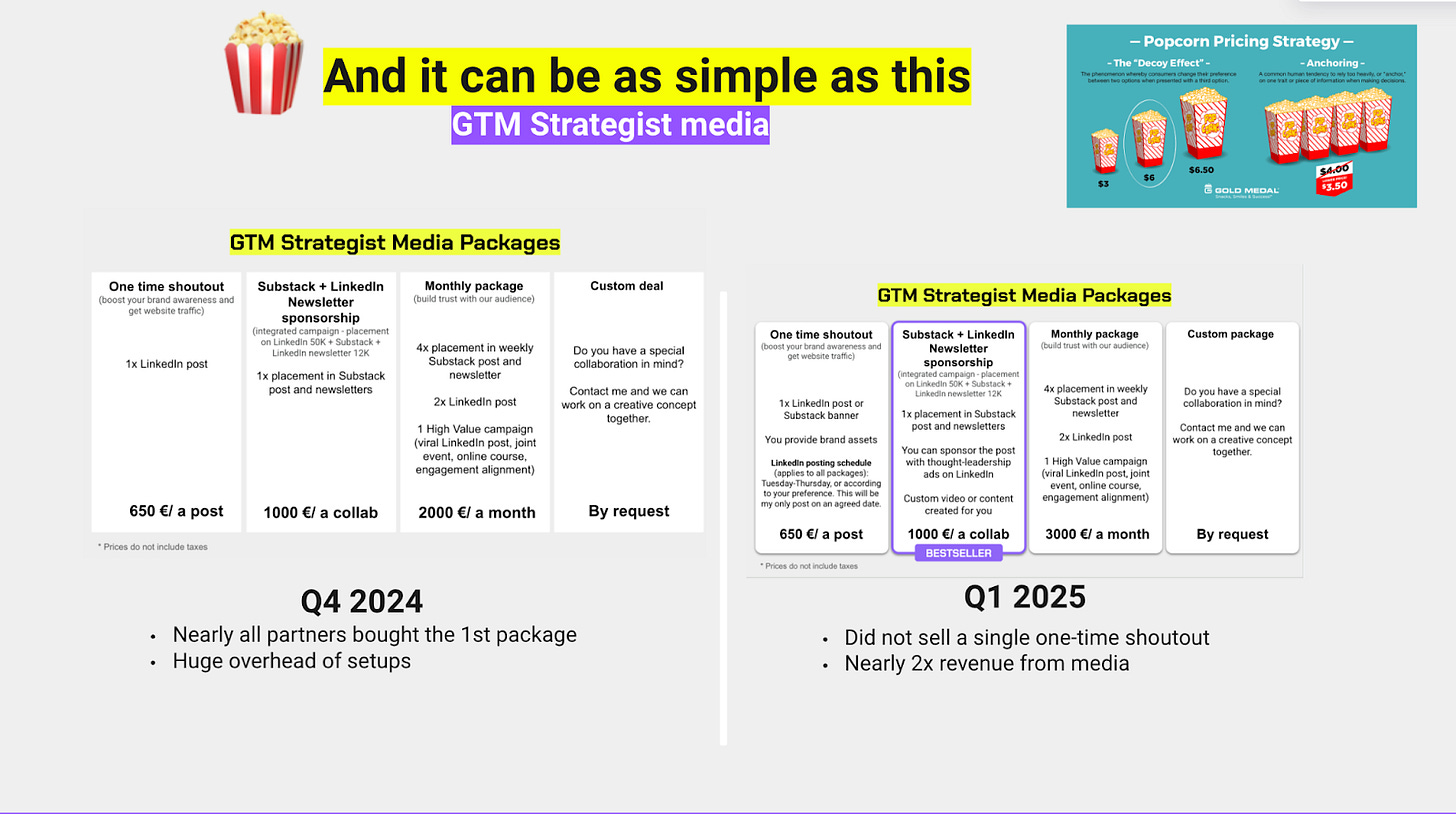
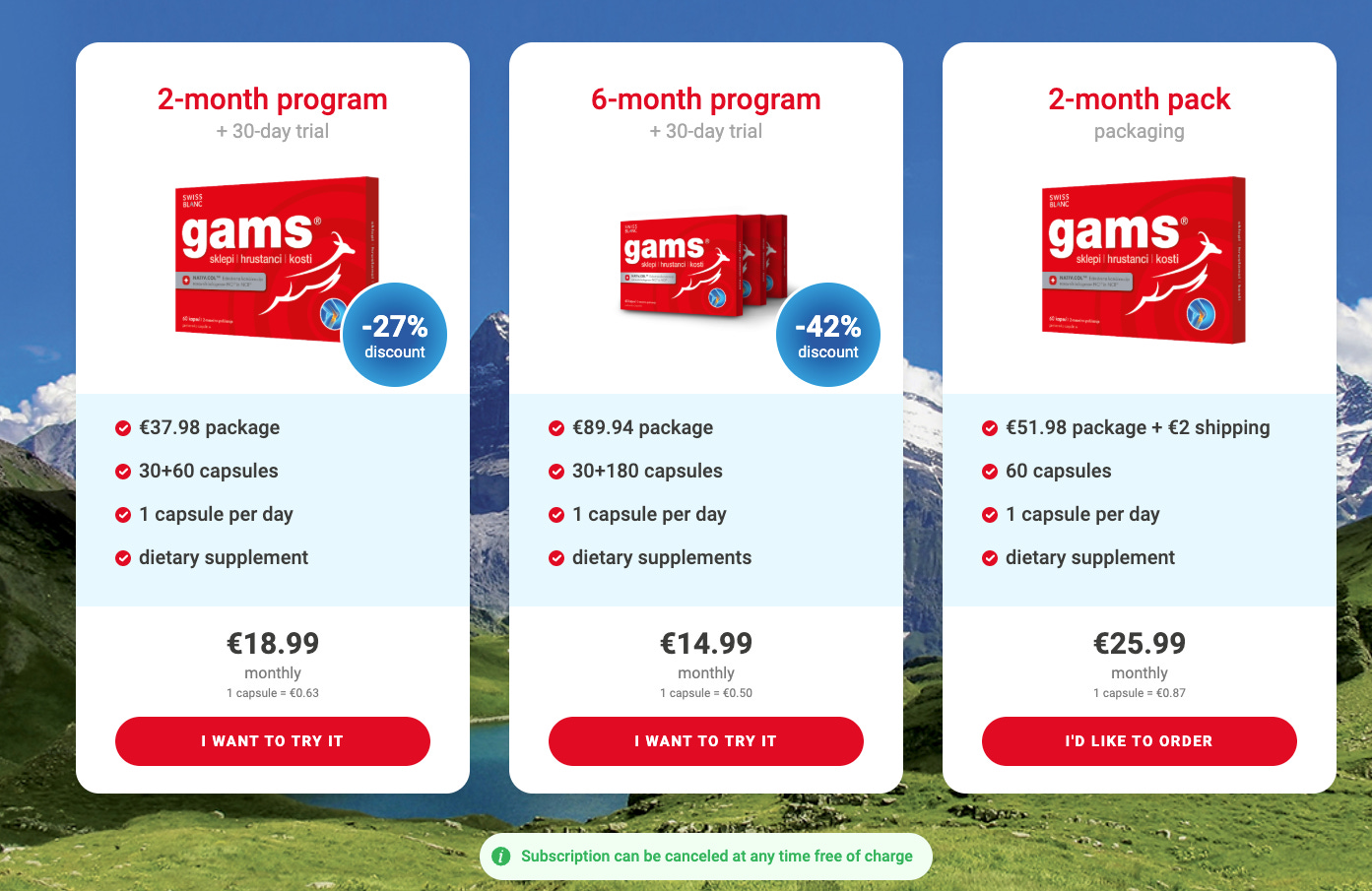
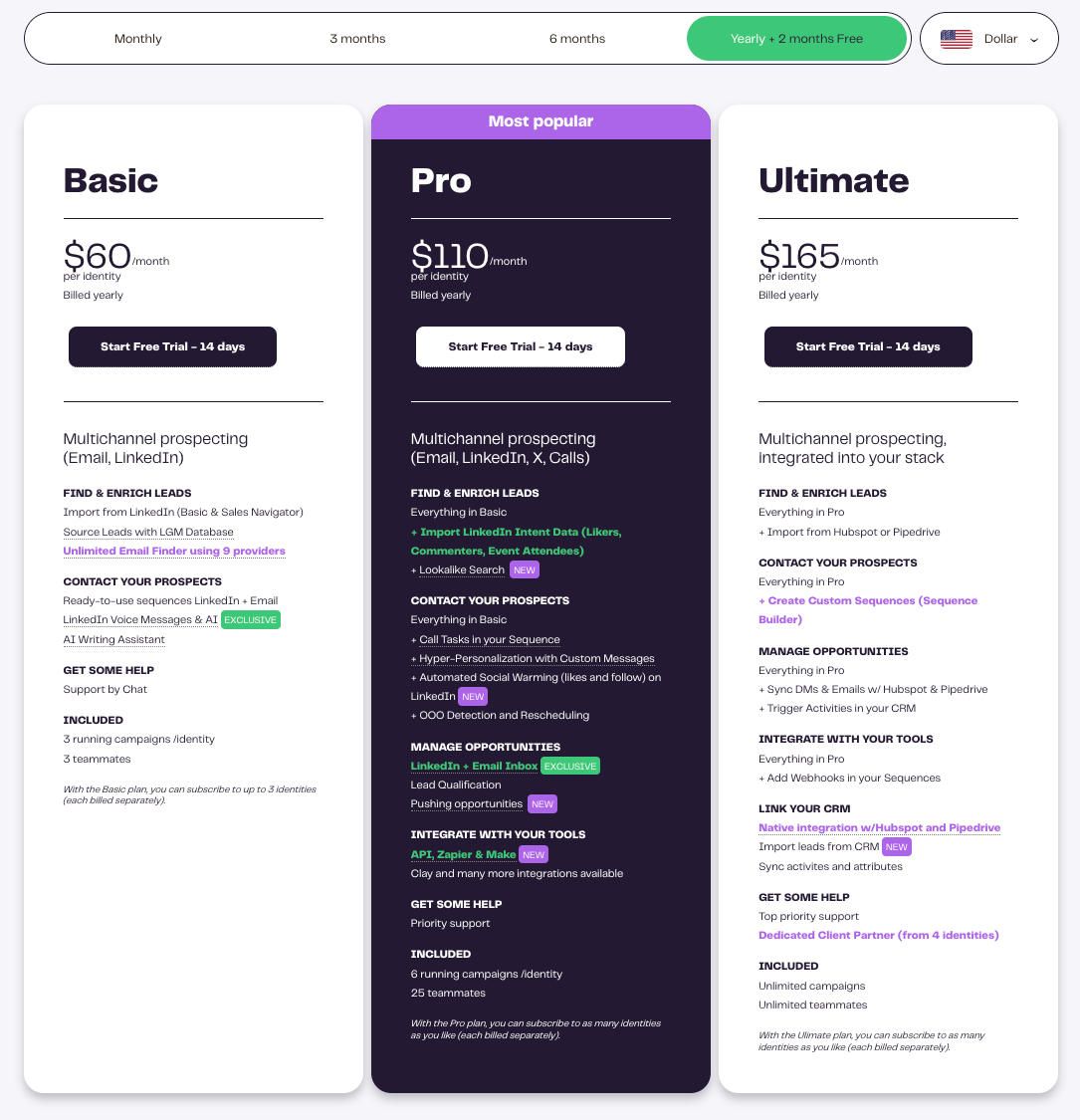


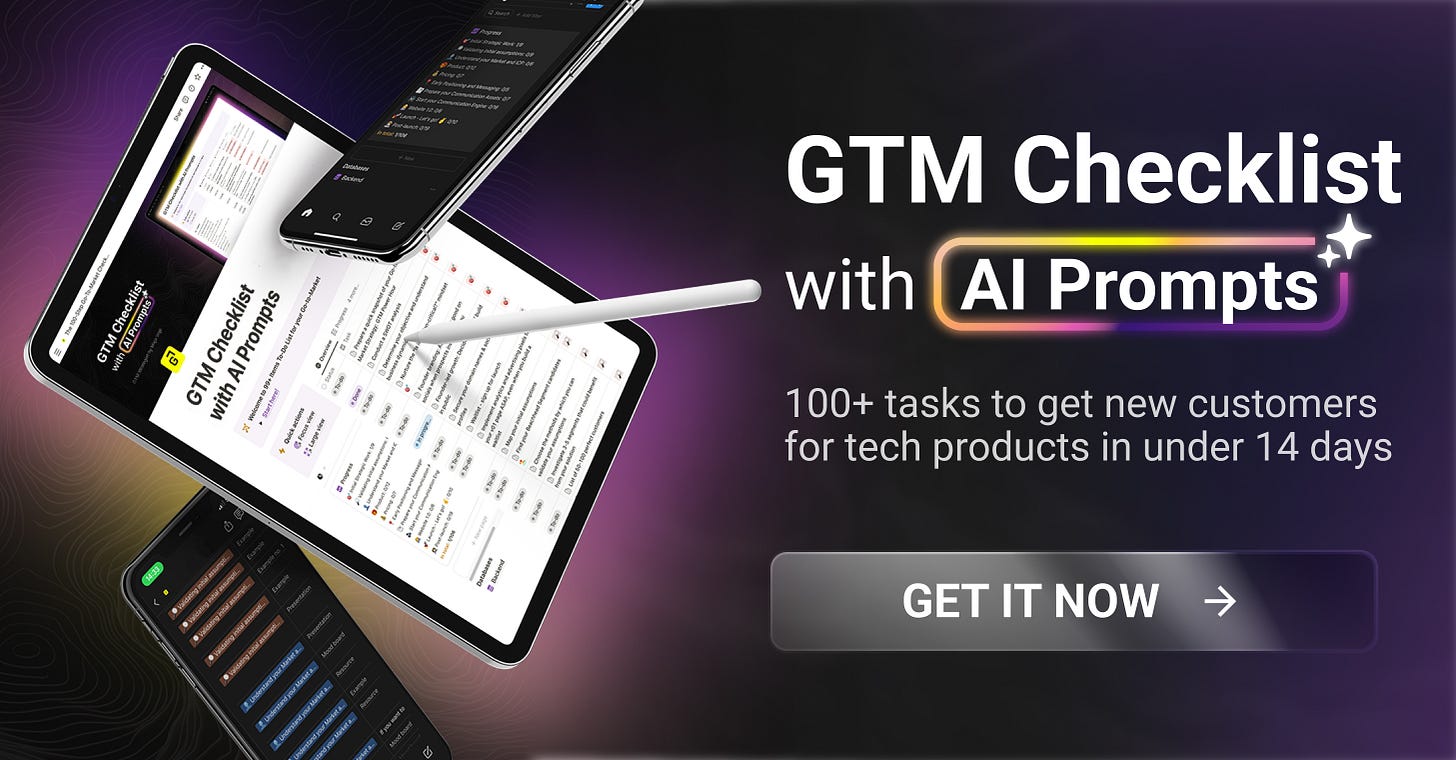
Great edition, learned a lot